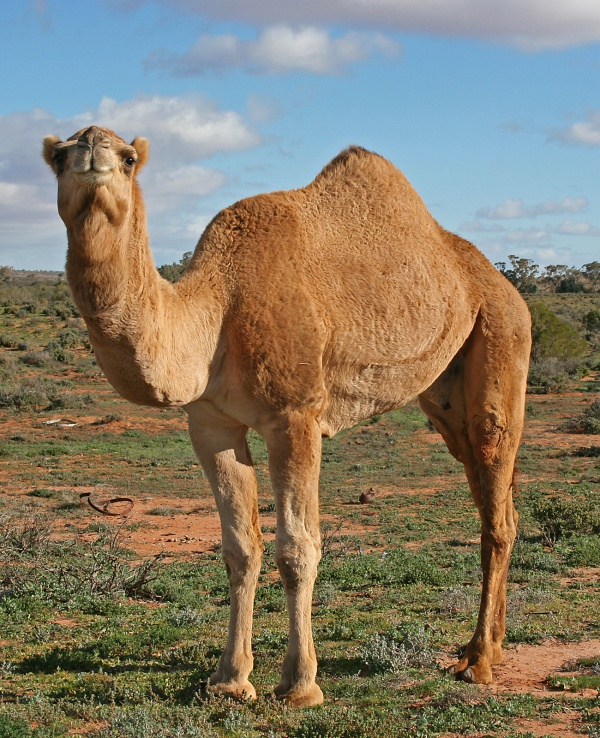Facts About Dromedary
The dromedary, commonly known as the Somali camel or Arabian camel, is a captivating creature distinguished by its single hump. Of the three camel species, the dromedary is the tallest. Male dromedaries reach heights of 1.8 to 2 meters at the shoulder, while females are slightly shorter, ranging from 1.7 to 1.9 meters. Males typically weigh between 400 and 600 kilograms, whereas females weigh between 300 and 540 kilograms. These camels are characterized by their long, curved necks, narrow chests, and a unique hump composed of fat, which enables them to endure harsh desert conditions by allowing them to lose over 30% of their body water without adverse effects.
Dromedaries were first domesticated around 4,000 years ago on the Arabian Peninsula and have not been found in the wild for nearly 2,000 years. Today, they predominantly inhabit the semi-arid and arid regions of Africa. Various tribes rely on them for meat, milk, and as beasts of burden. Dromedaries live in herds led by a dominant male and are diurnal, foraging on desert plants and foliage. Their mating season peaks during the rainy months.
One of their remarkable desert adaptations is the ability to close their nostrils to conserve water and regulate their body temperature. Their hump, beyond just an identifier, stores fat that can be converted to energy and aids in thermoregulation. Humans utilize dromedaries for riding, transport, and agricultural work. They also provide vital resources, such as milk, meat, wool, and leather. Their milk is a crucial dietary staple for nomadic tribes, and their meat is consumed in various regions. Dromedary hair is used for clothing and textiles, and their hides are fashioned into leather.
Dromedaries are widespread across Africa and Asia, with significant populations in countries like Somalia, Sudan, Ethiopia, India, and Pakistan. Interestingly, feral dromedaries exist in Australia, where they were introduced in the 19th century. These camels have been integral to the history and daily life of numerous cultures and continue to be an essential resource for many communities today.

 Andorra
Andorra